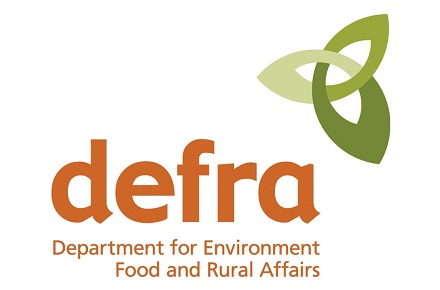Fly-tipping incidents in England have decreased by 13.5 per cent between the financial years 2009-10 and 2010-11 to 820,000 incidents.
 |
| [relatedPosts title=”Related Posts”] |
|
|
2010-11 Final Annual Estimates
Local authorities and the Environment Agency both have a responsibility in respect of illegally deposited waste. Local authorities deal with most cases of fly-tipping on public land whilst the Environment Agency investigates and enforces against the larger, more serious and organised illegal waste crimes. Both collect data on their activity and report this to the Flycapture database. Responsibility for dealing with fly-tipping on private land rests with private landowners and is not subject to mandatory data reporting.
Final estimates of local authority managed fly-tipping for England in 2010-11 were published on 13th December 2011 Statistical release 2010-11 . These statistics are based on data submitted by all local authorities in England to the Environment Agency’s FlyCapture system on the fly-tipping incidents that they manage and the actions that they take.
A summary of activity by the Environment Agency in relation to illegally dumped waste in 2010-11 is also provided below
Local authority managed fly-tipping: Headline results
- Local authorities in England dealt with nearly 820,000 incidents of fly-tipping, a 13.5% decrease from 2009-10*. (*some of this reduction is due to changes in the reporting arrangements of some local authorities)
- 63 per cent of fly-tips dealt with by local authorities involved household waste, 8 per cent commercial waste and a range of categories where waste could be derived from either households or businesses e.g. construction, demolition and excavation waste, green waste, white goods, electrical items, tyres and asbestos.
- 44 per cent of all fly-tips cleared by local authorities occurred on the highway.
- Most fly-tips consisted of a small van load of material or less.
- The estimated cost of clearance of illegally dumped waste reported by local authorities in this period was £41.3 million, a reduction of 9.8 per cent over 2009-10.
- Local authorities carried out around 568,000 enforcement actions in 2010-11 to prevent, detect or enforce against fly-tipping at an estimated cost of £20.6 million. This is a 5.8 per cent increase in actions over 2009-10. There were 2,400 prosecutions, of which 96 per cent resulted in conviction.
- There were 2,400 prosecutions, of which 96% achieved a successful outcome
Environment Agency action on illegally deposited waste in 2010/11
The Environment Agency continues to investigate and enforce increasingly serious and more organised waste crimes. It focuses effort at preventing and taking enforcement action against those offenders who commit ‘Big, Bad or Nasty” incidents i.e. those incidents that are large, organised or pose an immediate threat to human health or the environment.
Environment Agency headline results
- The Environment Agency dealt with a total of 636 illegal waste dumping incidents. This is a drop from 1047 in 2009-10 as action and resources have been focussed on incidents causing the biggest risk to the environment, communities or impact on legitimate business
- The Environment Agency took 157 prosecutions forward in relation to illegal waste activities, resulting in over £770,000 in fines.
- The average fine per prosecution was £6,490 where a fine was the outcome. This is an increase from about £5,000 in 2009/10.
- Offenders prosecuted by the Environment Agency for waste crime offences have received a range of penalties from custodial sentences, curfew orders, disqualification from driving and remediation orders.
- The numbers of serious organised waste crime incidents dealt with by the Environment Agency in 2010-11 fell to 113 compared to 154 incidents in 2009-10 in England.
Further Information
- More stats available at the end of this post.
- Information on FlyCapture (the national fly-tipping database) is available here.
.





